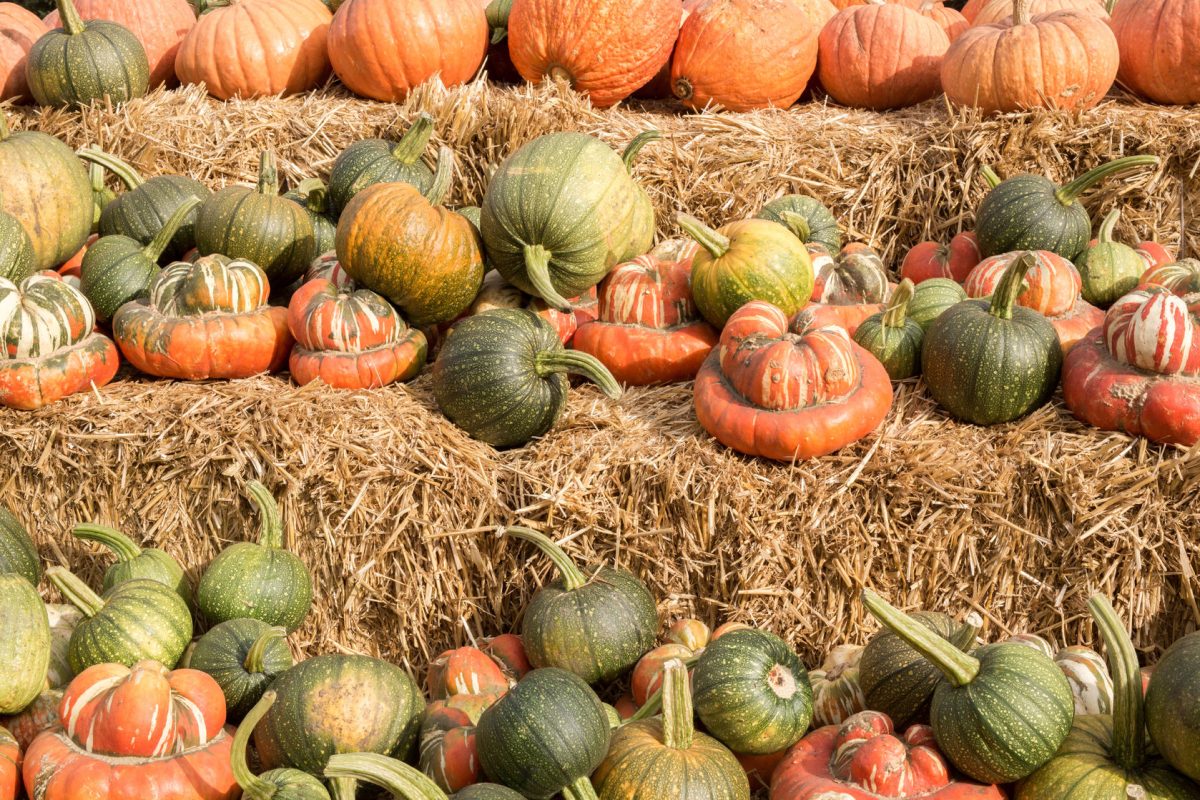To achieve optimal nutritional status, it is important to pay attention to your gut microbiome, which means getting sufficient amounts of probiotics and prebiotics into your menu. These substances have been shown to help decrease disease risk, lower obesity rates, reduce the risk of inflammatory bowel disease, and may also help combat depression and anxiety.
Today we want to focus on the prebiotic side of the equation. Prebiotics are carbohydrates that are not digestible by the human body and therefore reach the colon where they provide fuel for the healthy probiotics.
The three main types of prebiotics include non-starch polysaccharides, soluble fiber, and resistant starch. Resistant starch is receiving quite a bit of attention in the health community, as it seems it does more than offer a great source of prebiotic.
Let’s look closer at what resistant starch is.
What Is Resistant Starch?
Resistant starch is unlike typical carbohydrates. Resistant starch will not spike blood glucose or insulin, and is a type of carbohydrate that is not digestible in the stomach or small intestine.
In addition, you won’t gain a significant number of calories from resistant starch because it literally passes through the body and gets consumed by probiotics in your colon.
The Four Types Of Resistant Starch
Resistant starch can be subdivided into four different categories.
Type 1
Type one starch is that which comes from carbohydrates bound within the fibrous cell walls of plants. These starches are found in grains, seeds, and legumes. These foods are all classified as complex carbohydrates and have a very small impact on blood sugar levels.
Type 2
Type two starches contain a high degree of amylose content, which the body is unable to digest when consumed raw. You’ll find this starch in foods like potatoes, sweet potatoes, unripe bananas as well as plantains.
Note that when you cook these foods, you’ll change the starch content, making it more accessible by the human body. Also choosing bananas that are on the green side as opposed to bright yellow with brown spots will certainly help you net fewer calories from this food.
Type 3
Type three is referred to as retrograde resistant starch and it is formed when a type 1 or 2 has been cooked but then cooled. This is where those sweet potatoes and potatoes really become helpful. If you cook them, cool them, and then only reheat them up to 130 degrees, you’ll still reap the benefits of resistant starch.
If you do reheat these foods to a temperature higher than 130 degrees, the resistant starch that has formed will then convert back to normal starch that the body can break down and digest. So the moral of the story here is to be very careful how you reheat these foods.
Type 4
The forth type of resistant starch is a synthetic form, and should be mentioned here for completeness of the information, but it’s not one that is recommended for people to consume.
Adding Resistance Starch To Your Diet
Excited about this concept? Good – you should be.
When used properly in the diet, it can be highly beneficial for controlling your weight and combating diabetes, blood sugar spikes, and insulin resistance.
As you add these foods to your diet, just remember to do so slowly. You don’t want to shock your system as gas and bloating can result. If you notice any GI distress, reduce your intake and find an amount you can tolerate.
Now that you are more informed about resistant starch, start adding this in your diet today!

